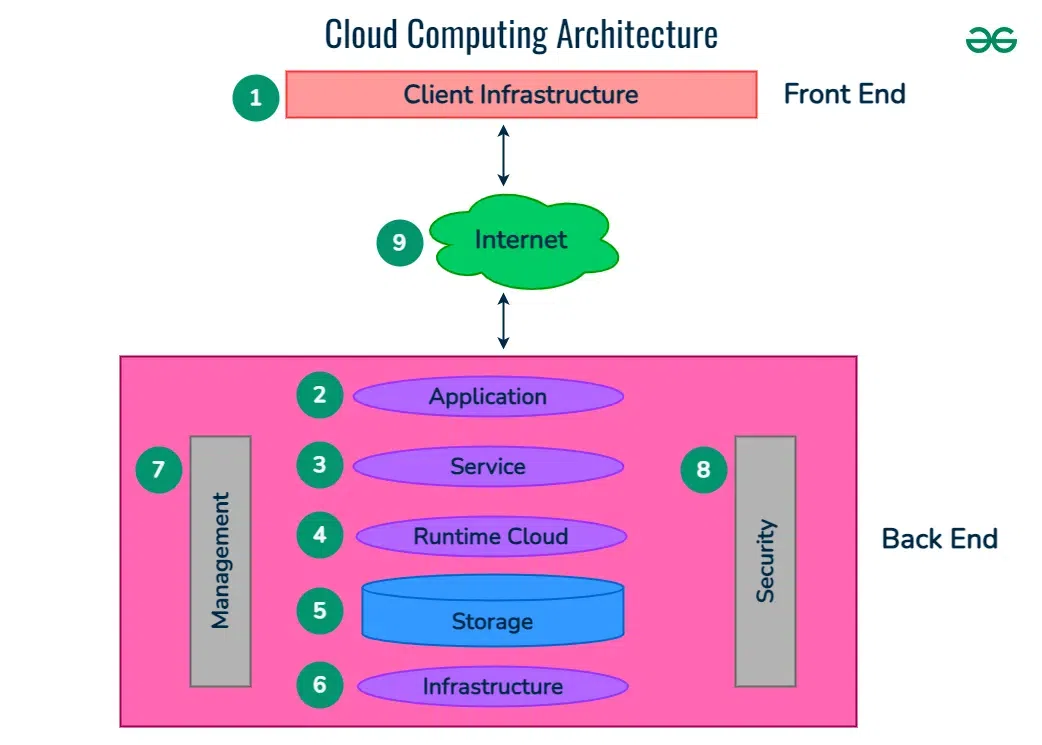Achieve Seamless Scalability With Cloud Provider
In the ever-evolving landscape of cloud services, attaining seamless scalability stands as a foundation for contemporary businesses seeking to stay versatile and competitive. The mission for seamless scalability with cloud solutions unveils a globe of opportunities for those eager to welcome the transformative power of vibrant resource monitoring.
Benefits of Cloud Scalability
Cloud scalability offers companies the adaptability to dynamically adjust sources based on demand, making certain optimum efficiency and cost effectiveness. One vital advantage is the capability to range resources up or down swiftly in response to fluctuating work. This dexterity makes it possible for businesses to fulfill changing client requirements without over-provisioning sources, ultimately causing cost financial savings. Scalability additionally enhances performance by ensuring that systems can take care of increased website traffic or workload without experiencing downtime or slowdowns. By efficiently alloting sources, companies can maintain high levels of performance during peak times without unneeded costs throughout quieter periods. Furthermore, cloud scalability promotes technology and trial and error by allowing businesses to easily examine new concepts and range them as required. This flexibility motivates a culture of continuous renovation and adjustment, enabling companies to remain competitive in a swiftly developing market landscape. Eventually, the benefits of cloud scalability extend beyond cost savings to incorporate enhanced performance, agility, and development.
Key Attributes for Scaling
Efficient scaling in cloud solutions counts on vital attributes that make it possible for companies to readjust sources dynamically based on need. One more essential feature is scalability, allowing systems to deal with enhanced workload by adding resources perfectly. In general, these essential functions jointly encourage companies to attain smooth scalability in cloud solutions.
Applying Auto-Scaling Approaches
To successfully optimize resource appropriation and adjust to varying work, organizations need to strategically implement auto-scaling methods in their cloud services infrastructure. Auto-scaling permits systems to instantly readjust the number of compute sources based upon real-time demand. There are numerous auto-scaling methods that organizations can utilize, such as predictive scaling, which utilizes historic data to anticipate future source requirements, and responsive scaling, which replies to current workload adjustments.

Finest Practices for Scalability
For organizations intending to enhance their scalability in cloud services, applying finest practices is essential for ideal additional reading performance and resource administration. One key best technique is creating applications with a microservices architecture. This method breaks down applications into smaller sized, independent services that can be released, upgraded, and scaled separately, allowing for better versatility and scalability.
An additional crucial practice is making use of containerization innovation, such as Docker or Kubernetes. Containers allow the product packaging of applications and their reliances right into isolated systems, making it easier to scale components individually and deploy them constantly across different settings.
Additionally, applying automated deployment and framework as code (IaC) can improve scalability initiatives (linkdaddy cloud services). Automation tools like Terraform or Ansible assistance in provisioning and handling sources efficiently, lowering manual mistakes and making it possible for rapid scalability
Additionally, keeping track of efficiency metrics, establishing alerts, and carrying out normal capacity preparation are crucial practices to make sure aggressive scalability administration. By sticking to these best methods, companies can attain smooth scalability in their cloud solutions while optimizing performance and Continued resource application.
Surveillance Efficiency Metrics
When analyzing the performance of cloud services scalability, closely keeping track of efficiency metrics is necessary for ensuring optimal capability and resource allotment. By continuously tracking key performance indicators (KPIs) such as reaction times, resource, throughput, and latency usage, organizations can acquire valuable understandings into the health and efficiency of their cloud facilities. Checking efficiency metrics enables for the very early discovery of possible traffic jams or problems that could influence scalability, enabling proactive actions to be taken to address them prior to they rise.

Final Thought
To conclude, attaining smooth scalability with cloud services is crucial for organizations to optimize performance, enhance advancement, and maintain high efficiency degrees throughout peak times. By leveraging the advantages of cloud scalability, executing auto-scaling techniques, using vital features such as flexibility and automation, and adhering to best practices like application layout and efficiency tracking, companies can efficiently scale their systems while making the most of source usage and performance.
The mission for seamless scalability with cloud services introduces a world of opportunities for those ready to accept the transformative power of vibrant source management.
Cloud scalability provides companies the flexibility to dynamically adjust sources based on need, guaranteeing optimal efficiency and price performance. Another essential attribute is scalability, enabling systems to deal with raised workload by adding sources flawlessly.For organizations intending to improve their scalability in cloud services, applying best practices is important for ideal efficiency and source management.When evaluating the performance of cloud solutions scalability, carefully checking efficiency metrics is critical for guaranteeing optimum capability and source allotment.